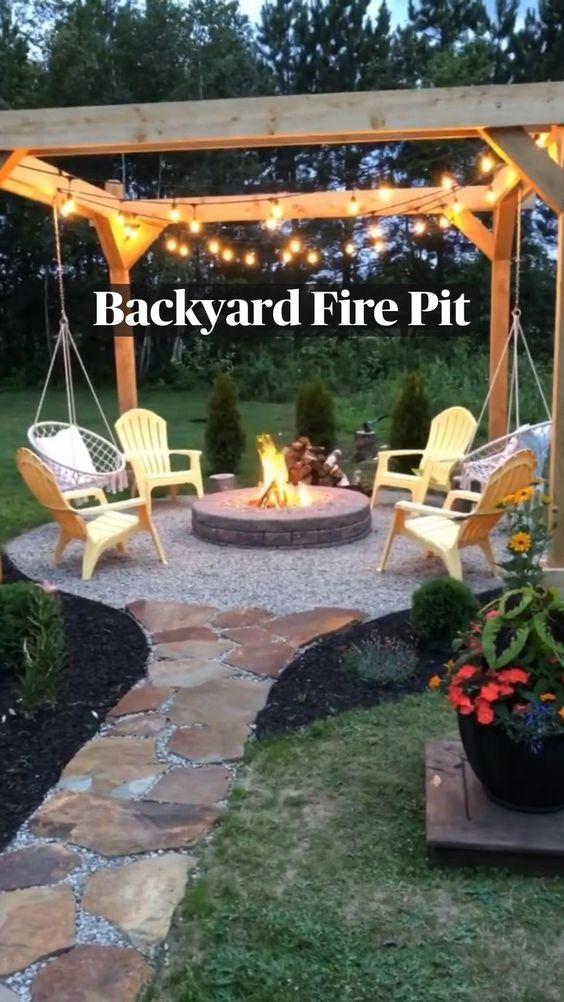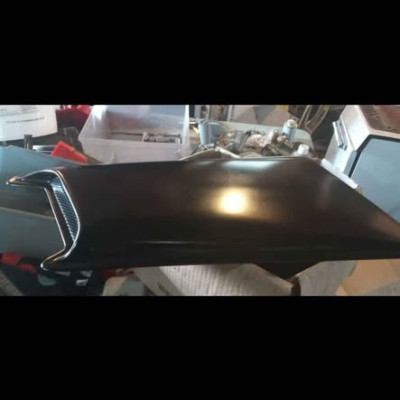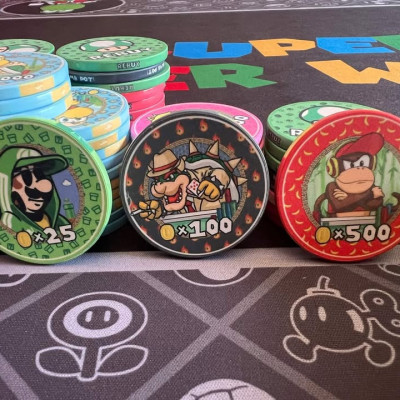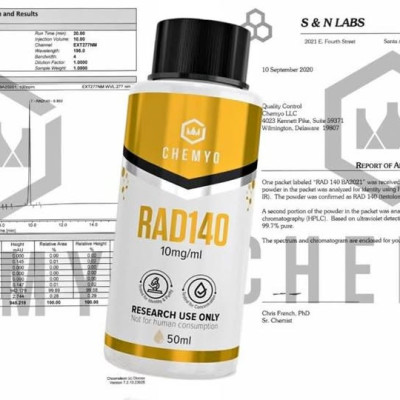Creating the Perfect Backyard Fire Pit: A Comprehensive Guide
A backyard fire pit is more than just a source of warmth—it's a focal point for outdoor gatherings, a place to relax, and an opportunity to enhance your home's aesthetic. Whether you want a sophisticated space for entertaining guests or a cozy nook for family nights, creating the perfect backyard fire pit can transform your outdoor area into a multifunctional haven. Here's how to get started on designing and building your ideal fire pit.
Choosing the Right Location
Safety First: Ensure your fire pit is located at least 10 feet away from any structures, trees, or flammable materials. Check local regulations for specific distance requirements.
Accessibility: Pick a spot that's easy to reach but not in the way of foot traffic.
Wind Direction: Consider the prevailing wind direction to minimize smoke blowing towards your seating area or house.
Selecting the Type of Fire Pit
Permanent vs. Portable: Decide between a built-in fire pit for a permanent fixture or a portable fire pit for flexibility.
Materials:
Stone or Brick: Durable and heat-resistant, offering a rustic look.
Metal: Provides a modern touch with options like steel or cast iron.
Concrete: Versatile and can be molded into various shapes and sizes.
Fuel Type:
Wood-Burning: Traditional, offers a campfire feel and crackling sounds.
Gas: Convenient with instant flames and no cleanup.
Propane: Portable with easy setup, ideal for renters.
Designing Your Fire Pit
Shape and Size: Common shapes include round, square, and rectangular. Ensure the size fits your space and accommodates your typical number of guests.
Seating Arrangement: Plan for comfortable seating around the fire pit. Options include built-in benches, outdoor sofas, or movable chairs.
Additional Features: Consider adding elements like a cooking grate for grilling, a spark screen for safety, or decorative stones and tiles for visual appeal.
Building Your Fire Pit
Foundation: Dig a hole and fill it with gravel for drainage. Ensure a stable and level base.
Layering: For stone or brick pits, start with a layer of fire bricks inside the perimeter for added heat resistance. Stack stones or bricks around the fire bricks, using mortar if needed.
Metal Pit Assembly: Follow the manufacturer’s instructions for assembly, ensuring all parts are securely fastened.
Safety Tips
Fire Safety: Keep a fire extinguisher, sand, or a bucket of water nearby. Never leave the fire unattended.
Supervision: Always supervise children and pets around the fire pit.
Weather Awareness: Avoid using the fire pit on extremely windy days to prevent sparks from flying.
Maintenance
Cleaning: Regularly remove ash and debris. For gas fire pits, check for gas leaks and clean burner ports.
Covering: Use a fire pit cover to protect from the elements when not in use.
Inspection: Periodically inspect for cracks, rust, or other damage, and repair as necessary.
Enhancing the Atmosphere
Lighting: String lights or lanterns can create a magical ambiance around your fire pit area.






